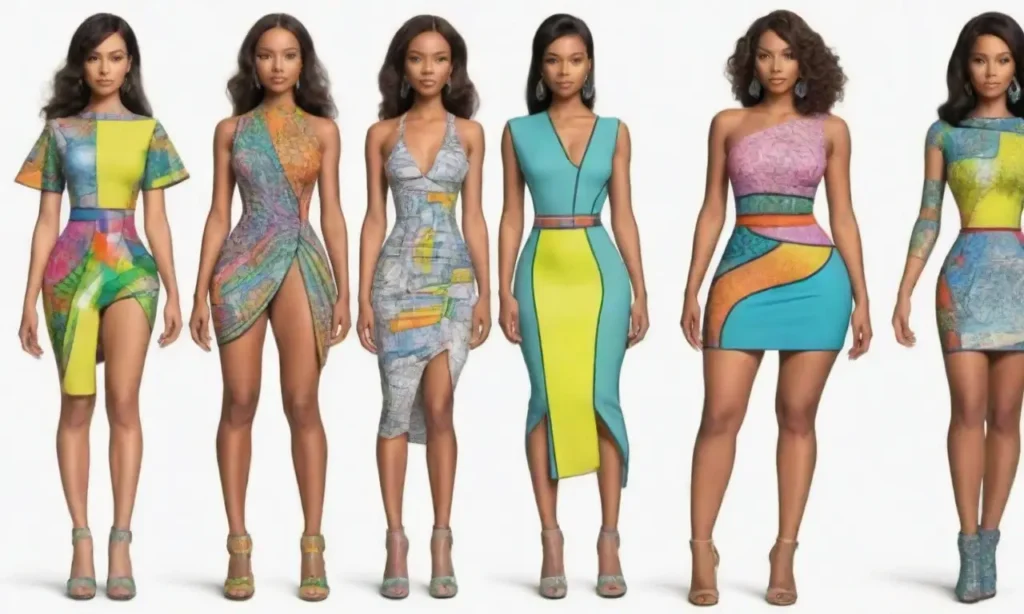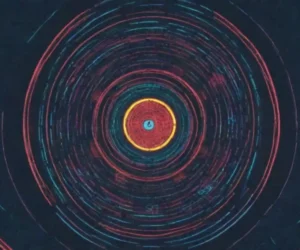
Image Generation in Fashion: How AI Is Changing the Industry

Introduction
In the ever-evolving world of fashion, the intersection between creativity and technology has prompted a revolutionary transformation. With the advent of artificial intelligence, especially in the realm of image generation, the industry is experiencing dynamic shifts in design practices, marketing strategies, and consumer interactions. The utilization of AI technologies in fashion is not just a trend; it symbolizes a fundamental change in how garments are conceptualized, created, and sold.
This article delves into the multifaceted role of AI in image generation within the fashion industry. It will explore the mechanics behind image-generating algorithms, their applications in various sectors of fashion, the advantages they offer to designers and marketers, and the ethical considerations that come hand-in-hand with this technology. Through a comprehensive examination, we will shed light on how AI is redefining traditional fashion processes and leading towards a more innovative, efficient, and sustainable future.
The Mechanics of AI Image Generation
At the heart of AI-driven image generation in fashion are advanced algorithms and deep learning techniques. Primarily, we see the usage of Generative Adversarial Networks (GANs), which consist of two neural networks—a generator and a discriminator—working in tandem. The generator creates new images based on input data representing existing styles, while the discriminator evaluates the created images against the real ones. This cyclical process continues until the generator is proficient at producing realistic images that are indistinguishable from actual fashion items.
These GANs can analyze a vast number of images through a process known as training, which enables them to identify patterns, colors, textures, and styles unique to certain fashions. For instance, a GAN can be trained on thousands of images from a particular trend, allowing it to generate new designs that encapsulate the essence of that trend without directly replicating any single piece. The rich source of data available from fashion shows, social media, and online marketplaces—comprising millions of images—enhances the algorithm’s ability to create diverse outputs.
A Comprehensive Guide to Style Transfer in Image Generation ModelsMoreover, AI models like StyleGAN have been remarkable in producing high-resolution images with stunning accuracy. These images can represent not only clothing but also the context in which they are worn, including background settings, poses of models, and lighting conditions. As AI continues to evolve, the level of creativity and realism embedded in these generated images is expected to grow exponentially, leading designers and brands to reassess their creative processes.
Applications of Image Generation in Fashion
AI-generated images are transforming multiple sectors within the fashion industry. One of the most significant applications is in design prototyping. Traditionally, designers create multiple sketches or samples before settling on a final version, a process that can be both time-consuming and resource-intensive. With AI-generated images, designers can quickly visualize a variety of styles and patterns, thereby expediting the design phase. This capability not only streamlines workflow but also encourages more innovative design possibilities since designers can explore uncharted territories without the constraints of material costs or physical production.
Further, in marketing, companies are leveraging AI-generated images for advertisement campaigns and social media marketing. Brands can create targeted marketing materials featuring stunning, hyper-realistic images that resonate with their audience. Instead of relying solely on photoshoots—which are often expensive and logistically complex—brands can utilize AI to generate imagery that conveys their message effectively. This opens up new avenues for personalization, as advertisers can create images tailored to different demographics, target groups, or even specific consumer preferences.
Additionally, the e-commerce sector benefits greatly from AI image generation. Consumers often seek a realistic representation of products when shopping online. AI can produce multiple angles and styles of a clothing item with varying colors and patterns without requiring a physical sample. This capability enhances consumer confidence, as they have a more detailed view of the product before making a purchase decision. Furthermore, by integrating AI image generation with virtual fitting rooms, retailers can provide consumers with a more engaging and interactive shopping experience—allowing customers to see how the clothes would look on them without trying them on physically.
Challenges in Image Generation: Bias and Representation IssuesOvercoming Challenges in Traditional Fashion
The traditional fashion industry faces several challenges, including overproduction, wasted materials, and unmet consumer needs. AI image generation inherently promotes sustainability by enabling brands to visualize designs before actual production occurs. By minimizing physical samples and production runs, companies can reduce waste significantly. Adopting a just-in-time production model, where clothes are only made in response to real demand, can be facilitated by AI technologies that assist in forecasting trends and consumer preferences.
Moreover, AI image generation allows for increased diversity in fashion offerings. By analyzing a multitude of styles and trends from diverse cultures, AI can inspire creators to produce designs that are culturally inclusive rather than limited to a specific aesthetic. This democratization of design enables a broader representation in fashion, potentially leading to a richer, more diverse wardrobe for consumers worldwide.
Enhancing Customer Engagement through Personalization
In our current digital age, personalization is paramount. AI image generation enhances customer engagement by allowing brands to create tailored shopping experiences that resonate with individual consumers. Using data analytics, AI can determine a customer’s preferences and create custom image outputs that correspond to their style, size, and favorite colors. This level of personalization not only increases sales but also fosters brand loyalty, as customers feel more connected to the brand.
Using AI in the customer journey—the journey from discovery to purchase—brands can utilize generated images for targeted recommendations and advertising. For example, a customer browsing a specific style might find AI-generated images showcasing similar or complementary products. This not only enhances the shopping experience but also presents an opportunity for cross-selling, bringing customers back into the brand’s ecosystem.
Exploring the Use of Image Generation for Virtual Try-On SolutionsEthical Considerations in AI Image Generation

As the capabilities of AI grow, so too do the ethical considerations surrounding its use. One major concern lies in intellectual property rights. With AI being able to analyze and replicate existing fashion designs, the question arises: Who owns the rights to an AI-generated design? As it stands, the legal framework surrounding intellectual property in the context of AI-generated content is still murky, prompting the need for a more clear-cut legislative approach.
Furthermore, the introduction of generative AI raises issues regarding authenticity in art and design. Fashion has long been tied to the personal touch and creativity of individual designers. With AI-generated images, some argue that the uniqueness and craftsmanship that define luxury fashion may be undermined. There is a crucial need for dialogue within the fashion community about the role of AI in preserving creativity while fostering innovation.
Another pertinent issue relates to representation in AI datasets. If the datasets used to train AI models are unrepresentative or biased, the output generated will mirror those biases, potentially leading to a narrower portrayal of beauty standards and styles. Fashion as an industry thrives on diversity; thus, it is essential for brands to ensure that their AI systems are trained on inclusive datasets that honor a wide array of cultural aesthetics and identity.
Image Generation with Neural Style Transfer: Techniques ExplainedConclusion
The introduction of AI-driven image generation in the fashion sector embodies a pivotal moment in the industry’s evolution. From streamlining design processes to enhancing marketing strategies and consumer engagement, technology is weaving itself into the fabric of fashion in unprecedented ways. By overcoming the traditional challenges of waste, inefficiency, and lack of personalization, AI has the potential to revolutionize how fashion brands operate while embracing sustainable practices.
However, this transformation does not come without its challenges. The ethical considerations surrounding intellectual property, authenticity, and representation must not be neglected. It is imperative for designers, brands, and stakeholders to engage in constructive dialogue about the implications of AI and collectively shape a future that preserves the creative spirit of fashion while leveraging the amazing capabilities presented by technology.
As we move towards a more AI-integrated landscape, we must remember that while algorithms may generate stunning images, it is ultimately the human touch—fearlessness, creativity, and cultural insight—that breathes life into the clothes we wear. The future of fashion will be a harmonious blend of technology and artistry, leading us to a more innovative and inclusive industry that celebrates diversity and individual expression. The journey has only just begun, and the potential is limitless.
How to Implement Image Generation with Reinforcement LearningIf you want to read more articles similar to Image Generation in Fashion: How AI Is Changing the Industry, you can visit the Image Generation category.



You Must Read